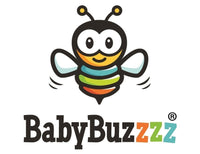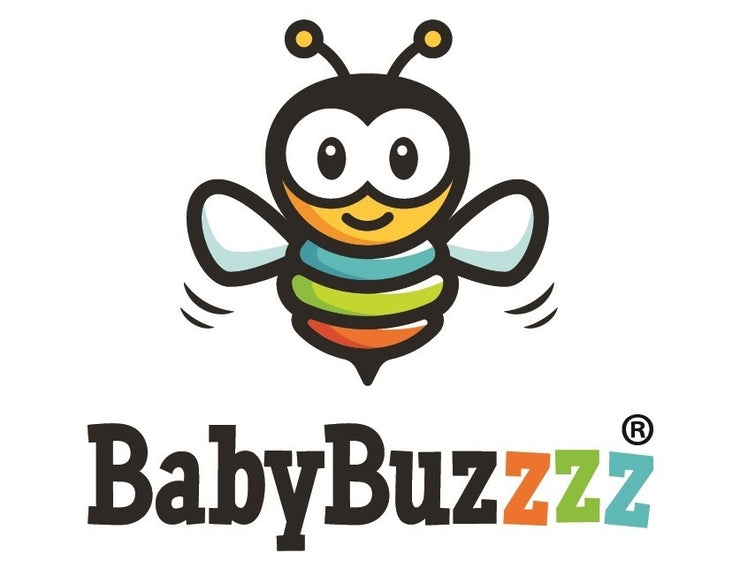How To Bath Your New Baby
Newborns do not need to be bathed as often as older babies or small children. Their skin can dry out too quickly, and a newborn with the umbilical stump still attached should not have anything more than a sponge bath. When you're bathing a newborn, you need to be extra careful to prevent accidents.
PART 1 - USING A SPONGE BATH
Step 1 - Use a sponge bath for the first three weeks. The stump of a newborn's umbilical cord stays attached for up to three weeks. Pediatricians recommend waiting until the stump falls off before er a newborn in water. During this time you should stick to sponge baths.
- You do not need to bathe your newborn every day during her first weeks. In fact, too much washing may be harmful to her skin. The face, neck, and diaper area are the areas that truly need washing and can be attended with burp cloths and clean diapers. Do not wash your newborn more than a few times a week.
- Talk to your pediatrician if the stump does not fall off after three weeks. This may be a sign of a larger problem or it may just need to be removed.
Step 2 - Gather your supplies. You will need to a variety of supplies ready in order to give your newborn a sponge bath. Make sure you have supplies laid out before you begin the bathing process.
- Find a warm place where there is a flat surface. Aim for a kitchen or bathroom counter. If the room is warm enough, even a blanket laid out on the floor will do.
- You need a soft towel or changing pad for the baby to lie on during the process.
- You'll need a sink or shallow plastic basin to hold the water for the bath.
- You will also need a washcloth, cotton balls, baby soap, baby wipes, and a clean diaper.
Step 3 - Bathe your newborn. Once your supplies are all in one place, you can begin bathing your newborn.
- Always have one hand on your baby. Newborns do not have much control of their movements and you need to keep one hand on your baby to make sure he does not hurt himself by squirming.
- First, undress your baby and wrap him in a towel. Lay him down on his back on a blanket or towel.
- Start with the face. Wet a towel and wring it out. Do not use soap for this part, as you don't want soap getting in your baby's eyes. Gently wipe down the baby's face. Use a damp cotton ball or clean cloth to wipe your baby's eyelids so they're free of crust and residue. Move from the inside to the outside.
- Plain water might be okay when bathing the rest of your baby's body. However, if your baby is dirty or producing a smell, use a baby-safe moisturizing soap. Make sure to wash creases under arms and ears thoroughly, as well as between the fingers and toes.
- Only expose the areas of your baby that you are washing. You want to make sure your newborn stays warm.

PART 2 - BATHING A NEWBORN IN A TUB OR SINK
- Free-standing plastic tubs, made specifically for bathing newborns, can be purchased at most baby stores or online. They also sell inflatable tubs that fit inside a bathtub or sink.
- As long as you line a bathtub or sink with a rubber mat to prevent slipping, this can also be a viable option.
- Fill the tub with only 2 to 3 inches of warm water. Keep one hand on your newborn at all times.
Step 2 - Figure out how to hold your newborn in the tub. You want to make sure your baby is secure and safe in the tub. Figure out to hold him so he's comfortable and does not move around too much.
- Keep a secure hold on your baby, but one that doesn't make him feel uncomfortable.
- Support your baby's head and torso with your arm, using the other hand to wash him. You can do this by wrapping your arm around your baby's back. When the time comes to wash his back and buttocks, shift your baby so he's leaning forward on your arm.
- You can also buy a bath seat at a baby store or online. However, even when using a bath seat, you still need to keep a hand on your baby at all times.
Step 3 - Wash the newborn. A newborn's bath should take no longer than 10 or 15 minutes.
- Before putting your baby in the tub, undress her down to her diaper. Wash her face and eyes the same way you would during a sponge bath, with a damp, soap-free cloth and damp cotton balls for the eyelids.
- Once you are done, remove your baby's diaper. If there's feces in the diaper, clean her bottom and genitals before putting her in the bath. When you lower her into the tub, do so feet first.
- You can use your hand, a sponge, or a damp wash cloth to gently clean your baby. You can use baby-safe soap. If your baby's skin is dry, try a moisturizing cleanser.
- You can gently pour water over your baby during the bath to keep her warm.
- Washing your baby's hair might not be necessary. However, if the hair seems dirty, or your baby has a common condition called cradle cap that produces scaly patches on her scalp, it's a good idea to give her hair a quick wash. Gently massage shampoo into the baby's scalp. Rinse the hair with a washcloth or run it under the faucet. Always cup your hand over your baby's forehead to prevent soap from getting in her eyes.
- When you're done washing your baby, remove her from the tub and quickly wrap her in a towel. Gently pat her dry and dress her in clean clothes.

PART 3 - LEARNING SAFETY PRECAUTIONS
Step 1 - Check the water temperature. Water temperature is important to a newborn's well being. Make sure you know the proper water temperature to keep your baby safe and comfortable.
- It's best to put cold water in the tub first and then add hot water. Mix the water well and eliminate any hot or cold spots.
- It might be a good idea to invest in a thermometer to make sure the temperature is a safe level for a newborn. The ideal temperature should be around 98°F (36.6°C). This is around normal body temperature. If you don't have a thermometer, use your elbow instead of your hand to test warmth.
- If your baby has access to water taps during the bath, discourage him from touching them. As he ages, he'll be strong enough to turn the water on and could potentially scald himself.
Step 2 - Find the right soaps and lotions. While soap is not always necessary when bathing a newborn, if you choose to use soap make sure it's baby safe.
- Never use scented soaps or bubble baths. These can be drying and irritating to a baby's skin.
- Plain water is usually fine. If you feel soap is needed, choose a mild, moisturizing soap specially made for babies as not to dry out a baby's skin.
- Usually, a newborn should not need lotion after a bath. Drying the folds of a baby's skin after each bath prevents rashes well enough. If you end up needing lotion, choose one that's hypoallergenic in case your newborn has allergies you do not know about yet.
Step 3 - Never leave a baby unattended in a bathtub. Even if you're just leaving the room for a few seconds, it's extremely dangerous to leave a newborn unattended in a bath.
- Always have everything for your baby's bath ready before putting your baby in the water so you aren't tempted to leave the room to grab something.
- If you absolutely need to leave the room, take your baby out of the tub first. Newborns can drown in only 3cms (1.2 in) of water. Leaving a baby alone, even for a moment, can be disastrous.
- If you are bathing the baby on an elevated surface such as a counter, he can easily fall and get hurt.


